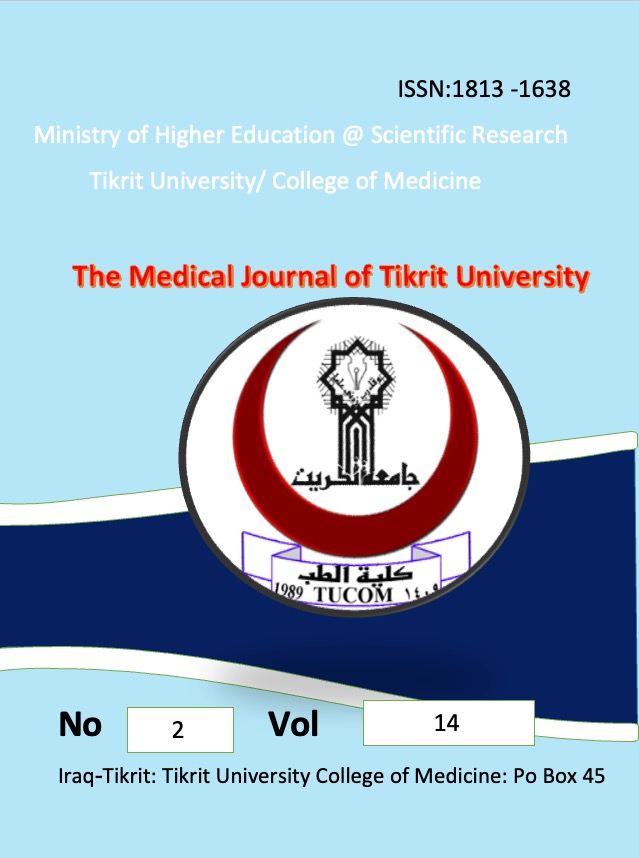Hematological changes in preeclampsia
Keywords:
Preeclampsia, hypertension in pregnancy, coagulopathyAbstract
Preeclampsia occurs in approximately 7% of all pregnant women. This study was aimed to determine the relative frequency of alteration in some of the haematological and biochemical parameters in patients with preeclampsia. To identify the association between different clinical and haematological parameters in preeclampsia. Prospective clinico-haematological study. The study was conducted in Mosul teaching obstetric hospitals during a period of six months (January-June 2002). Sixty patients with preeclampsia were included in this study. This study include clinical evaluation, complete blood cell count with platelet count, erythrocyte sedimentation rate, coagulation profile, Liver function tests and renal function tests, serum uric acid and test for proteinuria were done. Anaemia (depending on packed cell volume) was encountered in (15%). Erythrocyte sedimentation rate values were related to plasma fibrinogen levels. The most common haemostatic abnormalities in descending order were; shortened activated partial thromboplastin time (60%), positive D-dimer reaction (51.6 %), hypofibrinogenaemia (35%), borderline prolonged bleeding time (28.4 %), shortened prothrombin time (10%), thrombocytopenia (5%) and prolonged bleeding time (1.6%). Preeclampsia is an augmentation of the hypercoagulable state (prothrombotic state) of normal pregnancy. Haemostatic parameter abnormalities were more evident in mild preeclampsia , lower systolic and diastolic blood pressure, anaemia, lower packed cell volume and 1+ proteinuria, Packed cell volume and activated partial thromboplastin time had a positive correlation (R=0.5). Liver function tests were normal in the majority of the studied patients. HELLP syndrome had an incidence of (3.3%). Renal impairment was found in over (50 %) of the studied patients. In the present study, anemia is not a common feature in preeclampsia (15%). Lower mean erythrocyte sedimentation rate value was found in hypofibrinogenic group (35%) (37.6 mm/h) than normal fibrinogen group (65%) (49.9 mm/h). The most common haemostatic abnormality was shortened activated partial thromboplastin time (60%). Preeclampsia is an augmentation of the hypercoagulable (prothrombotic) state accompanying normal pregnancy inducing a state of chronic disseminated intravascular coagulopathy. Mild preeclampsia shows more haemostatic changes compatible to hypercoagulable state than severe preeclampsia. Renal impairment was encountered in over 50% of our studied patients. S.urea and s.uric acid had a close positive correlation. Severe preeclampsia had higher mean s.uric acid compared to mild preeclampsia. Liver impairment was not commonly encountered (10%). HELLP syndrome incidence was (3.3%).





